Within minutes of pulling out of the Christchurch Railway Station on the Coastal Pacific, I was perving over the lush, leafy back gardens of Fendalton’s finest properties, while residents sat down for breakfast. Whisking through the city at pace, with a whistle-stop at Rangiora, the pastoral countryside of North Canterbury soon wrapped its verdant embrace around me as we headed north, bound for Kaikoura’s spell-binding natural drama, the rolling vintage vineyards of Marlborough and the sparkling waterfront delights of Picton.
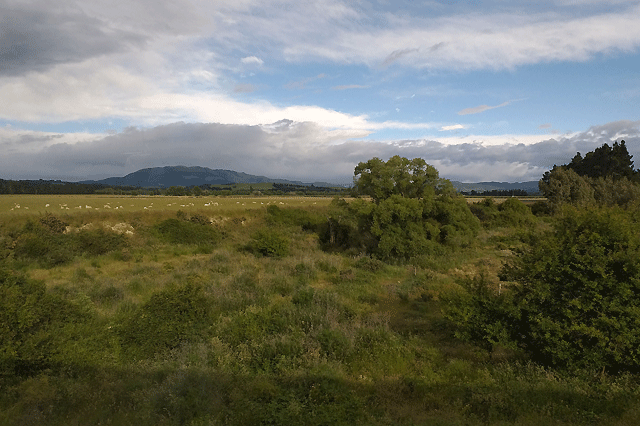
It’s a milestone month for the Coastal Pacific, with the scenic passenger train officially reinstated on December 1, two years on since the devastating Kaikoura earthquake. Slips and landslides buried the track at 100 different locations – some slips were so immense that the track was literally swept into the sea. Just south of Clarence, seismic forces shifted the track by a staggering 20 metres. Not only was the railway line twisted, buckled and severed, but 60 bridges and 20 tunnels needed major repairs.
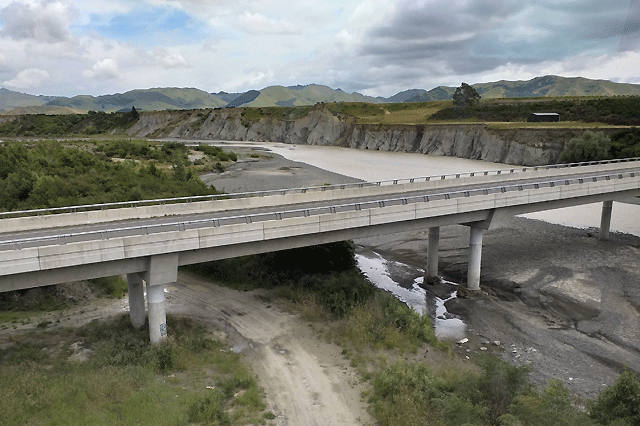
Despite the herculean mission, the Main North Line was reopened for a restricted night-time freight service just ten months after quake. Further repairs continued during daylight hours to fully strengthen the line to comply with passenger train requirements, enabling the Coastal Pacific to finally get back on track. At the start of the year, I took a drive up State Highway One, shortly after its triumphant re-opening around the Kaikoura Coast. As we neared Kaikoura on the train, the same sense of pent-up pride, anticipation and exhilaration swept over me.
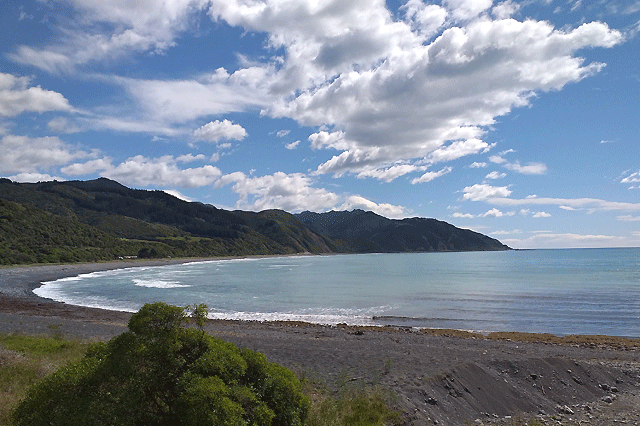
You actually get to see a much larger chunk of the coastline by train, because unlike motorists who have to thread their way over the Hundalee Range, the railway heads due east and kisses the coast at Claverley, just south of Spy Glass Point and the striking headland of Amuri Bluff. As the ocean sparkled like cut diamonds in the morning sun, the foam from breaking waves washed right up within metres of the train. I could virtually reach out and touch the water. You can’t get more coastal or Pacific than that.
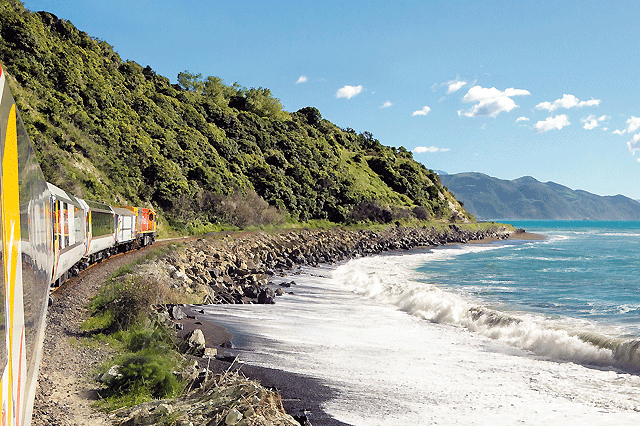
After tootling through the line’s longest tunnel at Amuri Bluff, 975 metres, two hours of ever-changing and expansive shoreline vistas reveal their full glory, south and north of Kaikoura, hemmed in by sheer hillsides and the ocean’s deep azure. I was sharing the train with a diverse of mix of proud locals and wide-eyed internationals, yet we were all transfixed by the seabed uplift all along the coast- some of the newest land in the world. One hundred and twenty kilometres of the Kaikoura Coast was shunted up out of the ocean by between one to six metres.
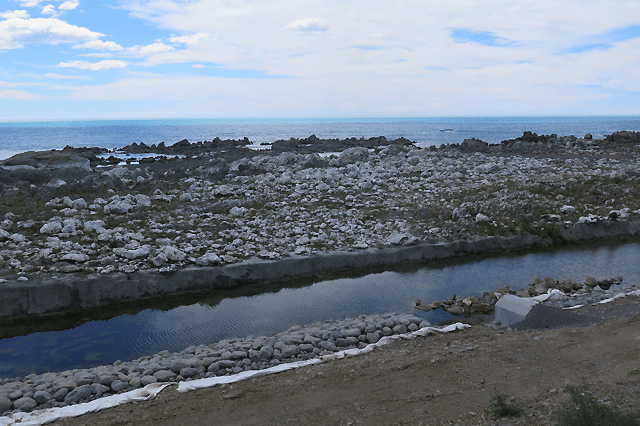
In some pockets, the uplift seems subtle, as if the shoreline has been pimped up with a sweeping ornamental rock garden. Yet in other parts, like Ohau Point, Waipapa Bay and Half Moon Bay the immensity of seismic power has profoundly reshaped the landscape. Vast coastal rock platforms now rise above the shoreline, underwater worlds that were abruptly and violently thrust into the full above-water view. They look other-worldly, startling, imposing – even intimidating. The 5.5 metre uplift of such a monstrous block of underwater rock at Waipapa Bay was so immense, that this new shelf has created its own lagoon.
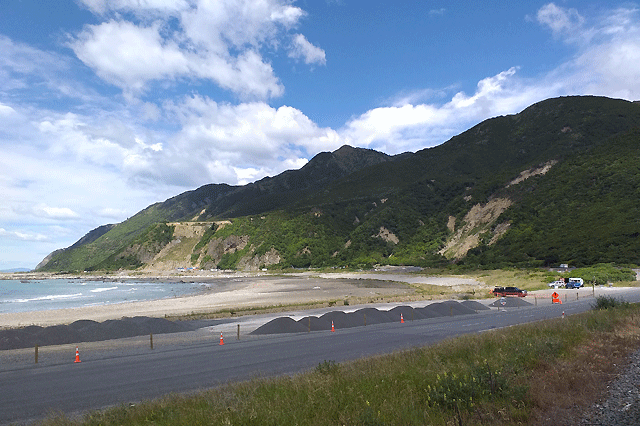
It’s an exposition of grand-scale natural wonder, beauty and brutality, all in one. On the upside, the sheer scale of area-wide uplift means that sea level rise is one potential problem that Kaikoura residents no longer need to worry about. The old adage that you see so much more by train couldn’t be more applicable to the Kaikoura Coast. Not only does the open-air carriage give you a wrap-around perspective on the curving coast and the staggering rock formations, but the ongoing reconstruction of State Highway 1.
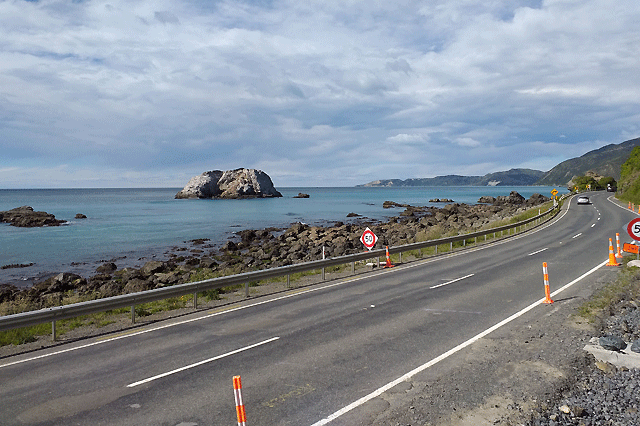
Even though it was reopened a year ago, major work projects continue in a bid to enhance its safety and resilience for the future. The immensity of the challenge and the herculean achievements to date are laid bare on the train. You could not wish for a more intimate perspective. The cheerful spirit of being all in this together is powerfully pervasive, with motorists, train passengers and road workers routinely offering each other a friendly wave. From the open-air carriage, there are points where the train shuffles past a project site at such a slow crawl, that trackside workers and Stop/Go controllers happily pose for photos and exchange a few fleeting words with passing passengers.
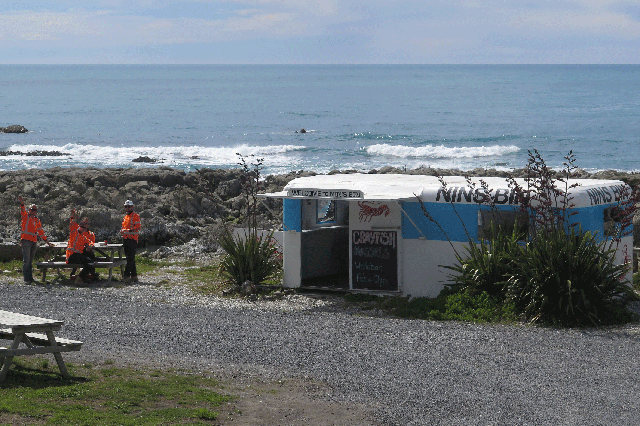
They’ve become a tourist novelty in their own right. How’s that for a unique experience, where the mundane has become magnificent. And what a fitting tribute to these highway heroes that last month the thousands of workers deployed to reinstate the road and railway line won global acclaim, scooping the Institution of Civil Engineers People’s Choice Award.
The ongoing road work between Oaro and Clarence is a compelling sight, particularly around Ohau Point– where mountains have been “moved” to resurrect the highway.
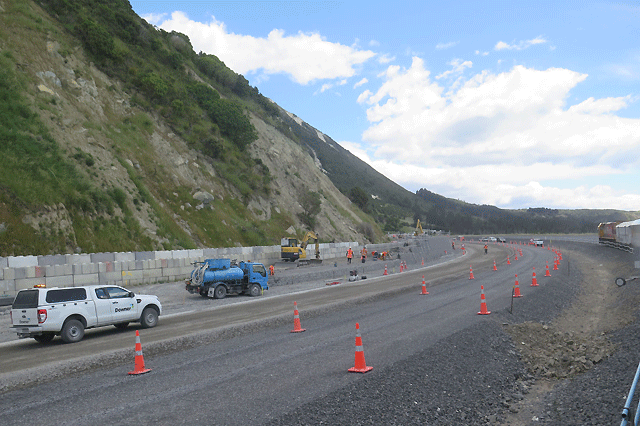
Part of the Seaward Kaikoura Ranges inherent charm is the fact that they seemingly explode from the ocean, soaring to a height of over 2500 metres. The land was pushed up by seven metres here and the new road was rebuilt on new terrain, protected by a seawall. You’ll still see abseiling teams dangling from precipitous cliff faces as they stabilise slopes. Ohau Point now sports a brand new safe stopping area where you can ogle the hundreds of protected fur seals draped across the rocks. Also taking shape is the Great Wall of Ohau, a 515 metre bund that will protect road and rail traffic from rock face debris, just north of Ohau Point.
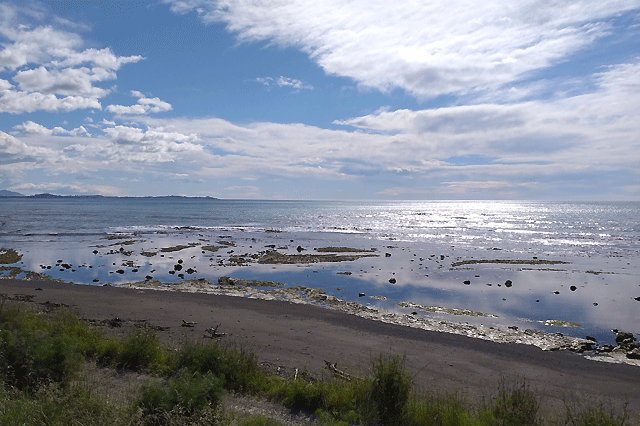
This monumental bund is taking the place of that towering wall of shipping containers that has provided temporary protection. From the vantage point of the open-air carriage, I also admired the extraordinary lengths the work gangs are undertaking to tame those steep hillside slopes. Debris flow diversion systems have been sculpted into the hillsides, steering water and rock debris into gullies either side of the ridge – and away from the railway line or road. It’s a tour de force on every level.
Beyond admiring the natural theatre and the epic engineering prowess, another rewarding aspect to my Coastal Pacific experience was laying eyes on vast tracts of the Canterbury High Country that you don’t see from the road. Throughout the trip, there are substantial chunks of countryside where the railway charts a very different course to the highway.
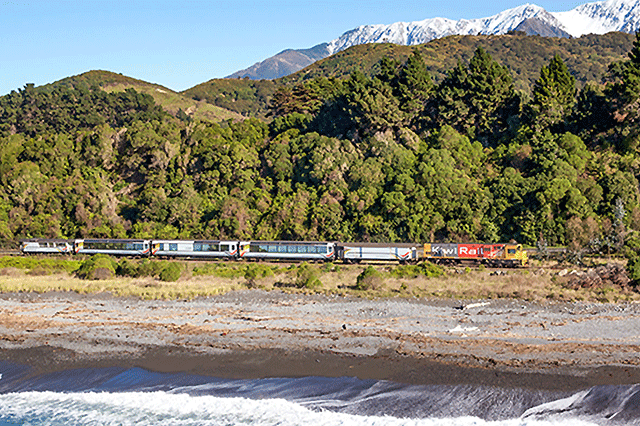
We shadowed the Hurunui River through a steep and narrow valley before spilling out close to the highway by Domett. We tootled through the gorgeous Ethelton Gorge, as the serpentine curves of the Hurunui River shimmered in the sun. I’d never heard of, let alone seen, that gorge. Another revelation was the bucolic charm of the Scargill Valley, picture—postcard rolling hinterland. It’s where the train line reaches its highest point, topping out at 562 metres.
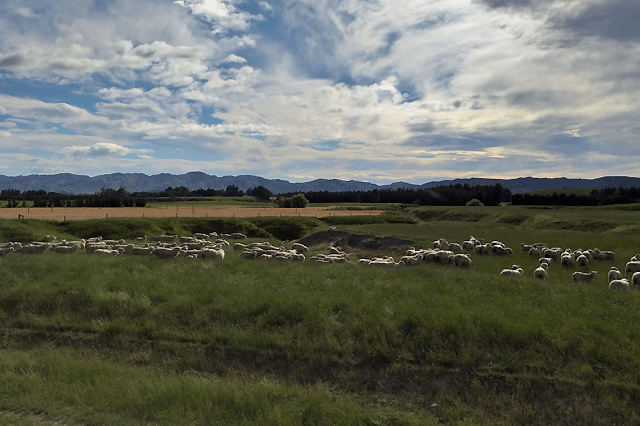
Cocooned in the comfort of my brightly patterned, climate-controlled carriage with panoramic windows, I plugged in the headphones and thoroughly enjoyed the on-demand audio commentary, narrated by Raylene Ramsay. Her nuggets of knowledge about passing points of interest ran the gamut from the grand and historic to the quirky bites of trivia beloved by trainspotters. For example, I learnt that Canterbury’s braided rivers are very distinctive. The only other places in the world where braided rivers can be found are Alaska and the Himalayas. Parnassus was named after the Greek mountain that was the mythological home of Apollo. A local landowner thought the mountain behind Parnassus was similarly shaped to its Greek namesake.
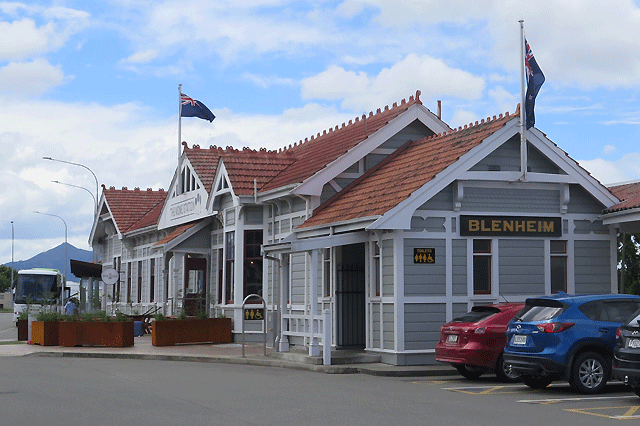
The old mock-Tudor railway station in Blenheim was conceived by New Zealand’s great railway station designer, George Troop, who was also responsible for Dunedin’s neo-Gothic colossus. And who knew that four sites along the train line were named in honour of early New Zealand Prime Ministers? Seddon, Ward, Domett and Weld Pass. Or that the Cheviot Hills was the first major pastoral estate to be broken up into small land holdings by Seddon and Ballance? It took 70 years for the Christchurch to Picton railway line to be fully completed, with the Amuri Bluff Tunnel the final assignment to seal the deal in 1945.
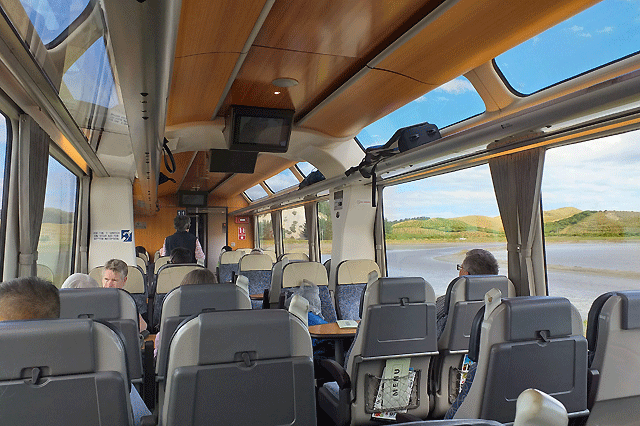
Two years after one of New Zealand’s most powerful ever earthquakes, the reinstatement of the railway line for passenger trains is an equal if not greater triumph. Revel in our nation’s guts and glory determination to stand up to and problem-solve nature’s nastiest punches, to dust ourselves off and bask in the unbridled raw beauty of the Coastal Pacific. It’s a blessed rail journey to make the heart sing.
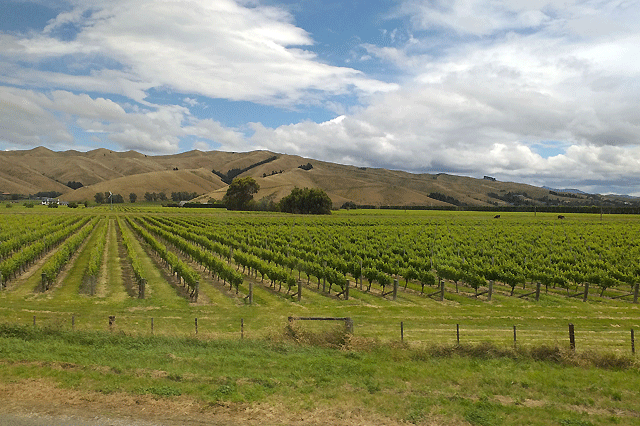
In the lead-up to the relaunch of the Coastal Pacific, the government has committed $40 million to allow the service to run year-round with new premium offerings. A new luxury carriage will soon offer more space and gourmet food and beverages, plus off-track packages whether you want to whale watch in Kaikoura or swill some fine wines in Marlborough.
www.greatjourneysofnz.co.nz/coastal-pacific/

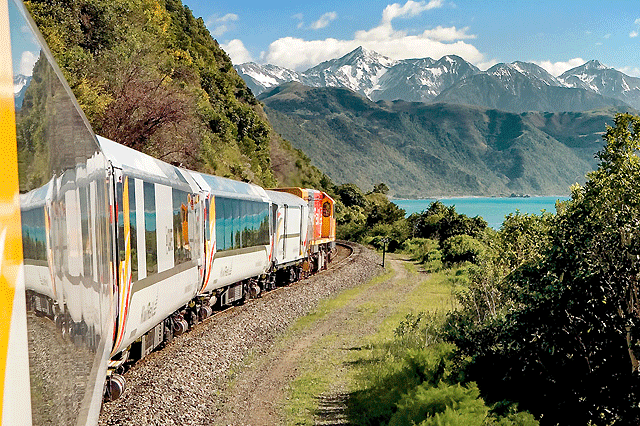
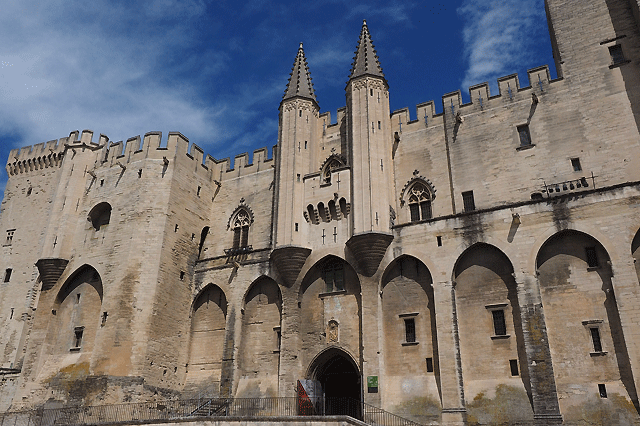
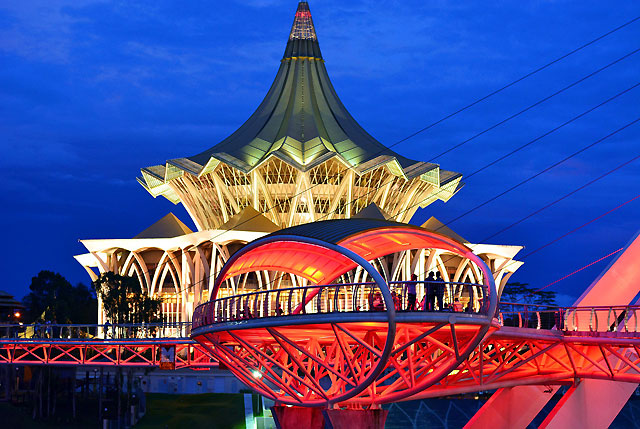
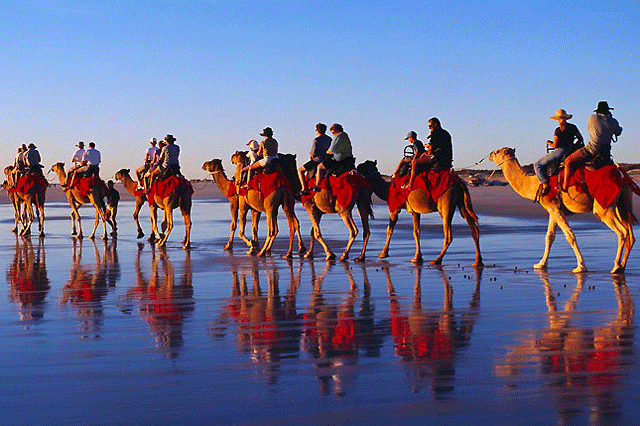
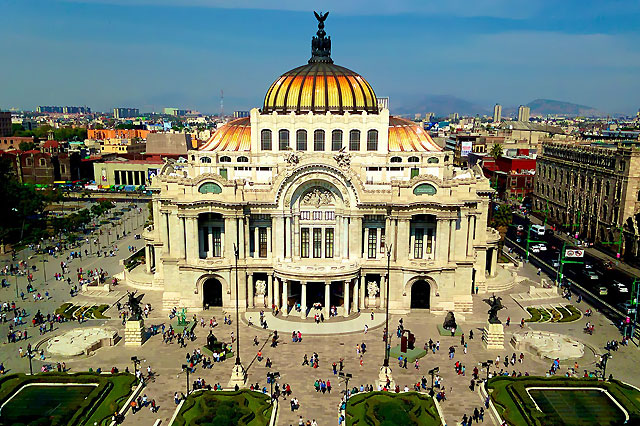
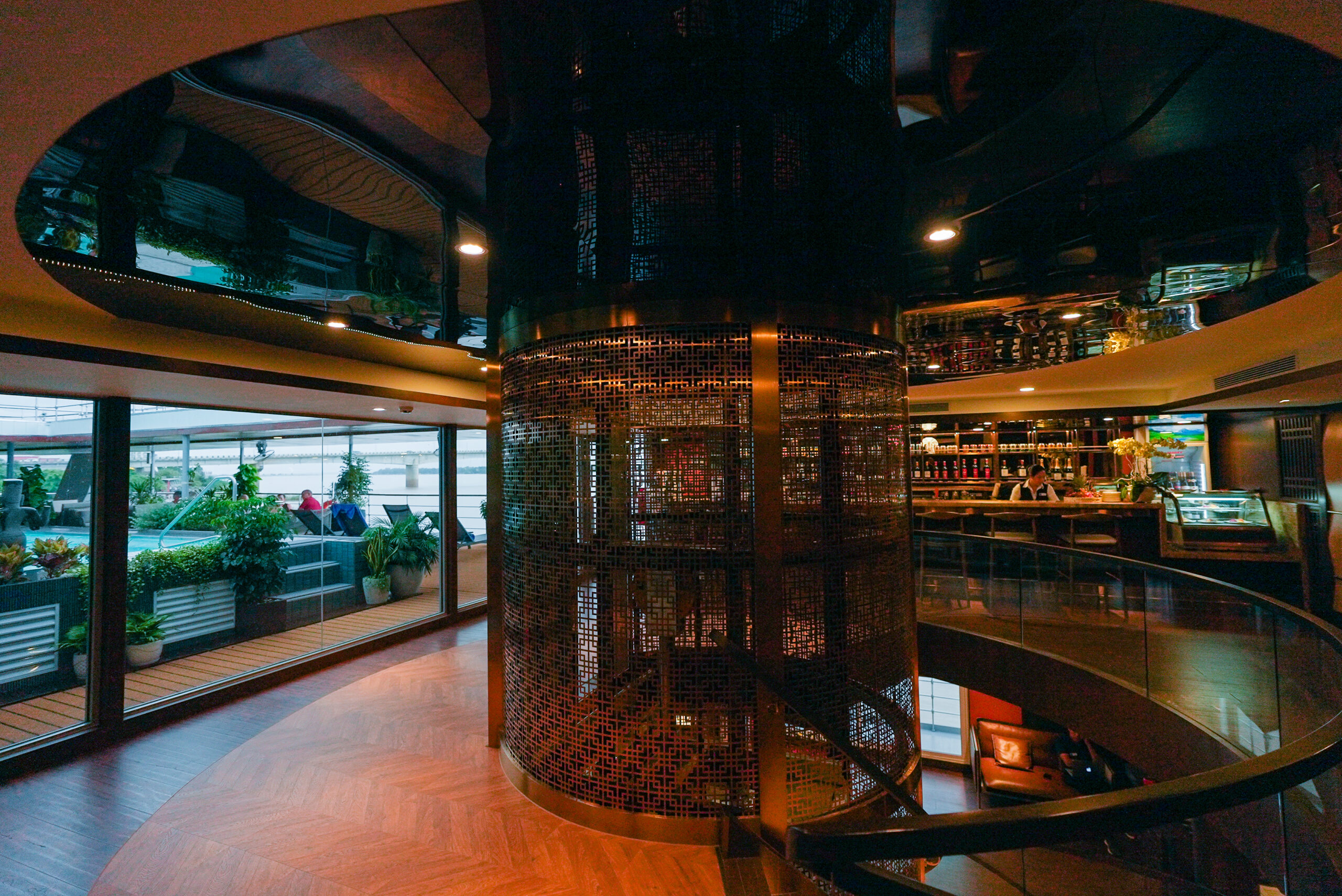
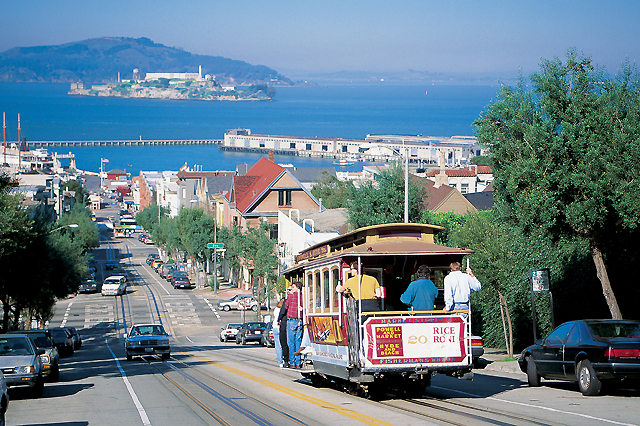




Recent Comments